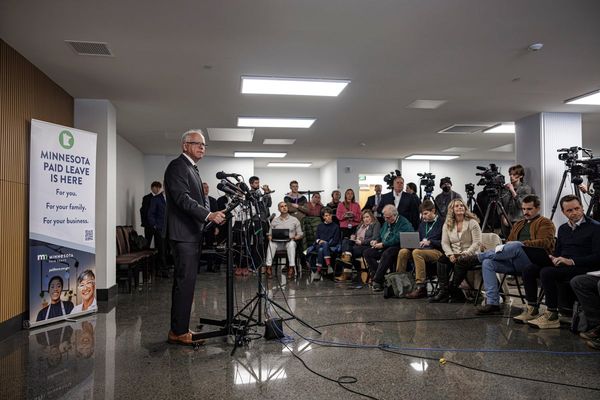
Less than 3% of artists named in GCSE art exam papers are from Black or south Asian backgrounds, research has found.
Analysis of GCSE assessment materials from four big exam boards in England – AQA, Eduqas, OCR and Edexcel – showed only 8.4% of artists referenced across the 27 art exam papers were minority ethnic.
In contrast, white artists comprised 91.6% of all exam board mentions, according to a report by the Runnymede Trust thinktank and Freelands Foundation, an arts charity. Of these named artists, only 0.74% were south Asian and 1.54% Black. The smallest group was work by artists of mixed ethnicities, which made up 0.5% of all artwork mentioned.
“Art education offers something special to children and young people, but sadly there is a deficiency in our current provision, meaning that wonderful opportunities for growth and change are missed, and this impacts all students,” the report said.
The lack of standardised guidance in the curriculum means the inclusion of artists from underrepresented backgrounds remains a challenge, with lesson content largely set by teachers and subject leaders, which means students often only have access to a “narrow perspective on the artistic world”, the report says.
At key stage 3, the curriculum says students should learn about “great artists, craft makers and designers, and understand the historical and cultural developments of their art forms”, but does not give an explicit definition or names.
The lack of guidance continues to key stage 4, or GCSE level, where art and design is no longer a compulsory subject covered by the national curriculum. At GCSE, subject guidance from the Department for Education (DfE) still does not name artists to be included in course material.
Work by minority ethnic artists is more likely to be mentioned in association with a geographical region such as African ritual sculpture or Persian rugs compared with work by white artists, at 20.1% and 0.4% respectively. This “reinforces … a problematic perception that the most important artists are white artists”, the report said.
Dr Shabna Begum, the interim chief executive of the Runnymede Trust, said: “With representation comes inspiration, it is imperative that our students are able to see and appreciate diversity in their art classes, and secondary education more widely”
The Runnymede Trust and Freelands Foundation are calling for exam boards to commit to a minimum target of 25% representation for minority ethnic artists in GCSE art exam papers for 2025. Pearson and Eduqas have agreed.
A spokesperson for OCR said: “We are committed to making our assessments inclusive and accessible and will use the findings in our work focused on minority ethnic representation in the curriculum.”
The report also proposed exam boards and policymakers establish standards for inclusion and diversity in GCSE assessment materials and improve access to teacher resources that support a diverse curriculum.







